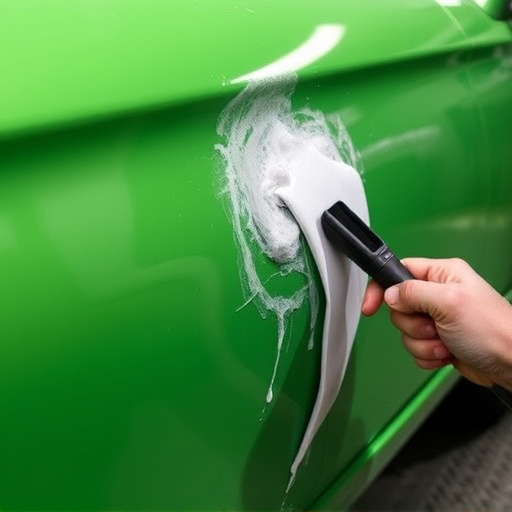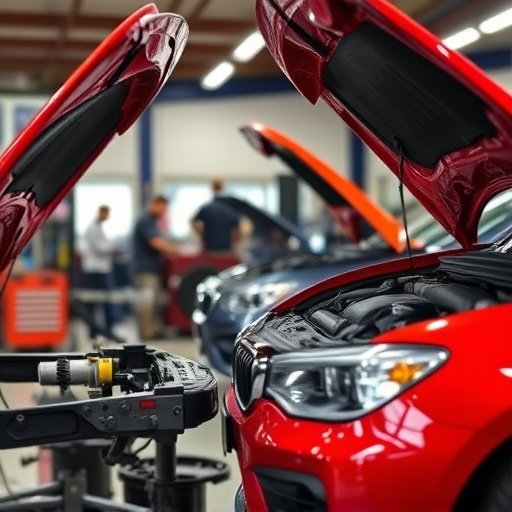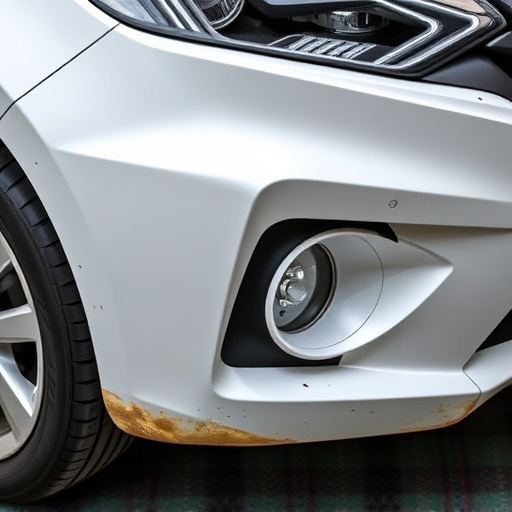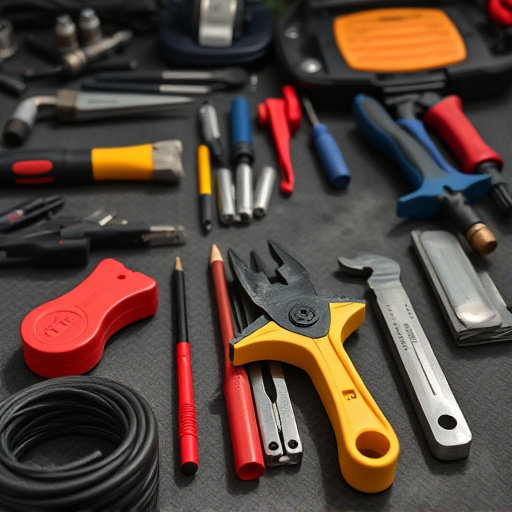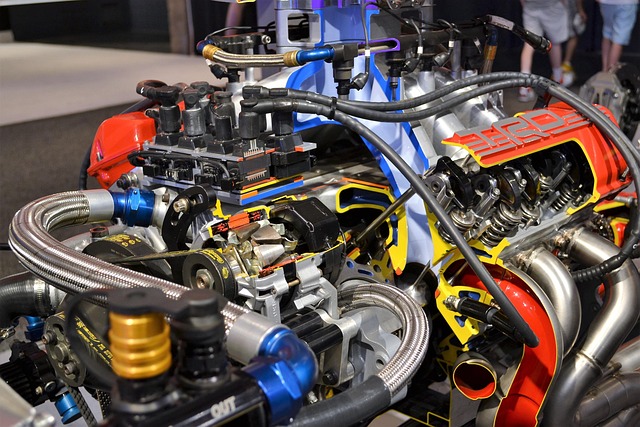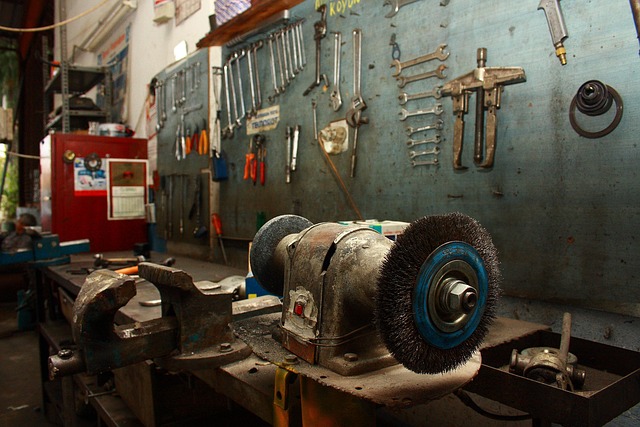The dent removal process varies based on dent severity and material type, requiring specialized tools and knowledge. In dentistry, professionals restore teeth using precise techniques. Similarly, auto body repair experts use a mix of tools and methods to remove dents accurately, maintaining car structural integrity while prioritizing customer comfort in a safe, non-harmful environment.
The dent removal process, while crucial for restoring oral health, presents several challenges. From understanding common issues like tooth fragility to navigating technical hurdles in reconstructing dental structures, each step demands precision and expertise. Furthermore, ensuring patient comfort and safety is paramount. This article delves into these top challenges, offering insights that shed light on the complexities of dent removal and highlighting best practices for successful, safe outcomes.
- Understanding Common Dent Removal Challenges
- Technical Hurdles in Restoring Dental Structure
- Patient Comfort and Safety Considerations
Understanding Common Dent Removal Challenges
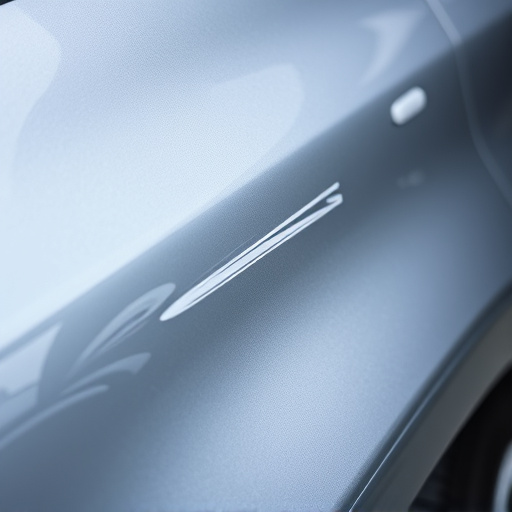
The dent removal process, while seemingly straightforward, presents several challenges that can complicate repairs. Auto body shops and tire services often encounter difficulties when dealing with various types of dents, each requiring a tailored approach for optimal results. From shallow dings to deep creases, understanding these common challenges is key to ensuring successful restorations.
One significant hurdle is the precision needed to remove dents without causing further damage or leaving unsightly marks. Even the most experienced technicians must navigate intricate shapes and contours of vehicles, especially in modern cars with complex body panels. Moreover, different materials, such as steel, aluminum, and composite, have varying properties that can affect dent removal techniques, necessitating specialized tools and knowledge for each material type across various body shop services.
Technical Hurdles in Restoring Dental Structure
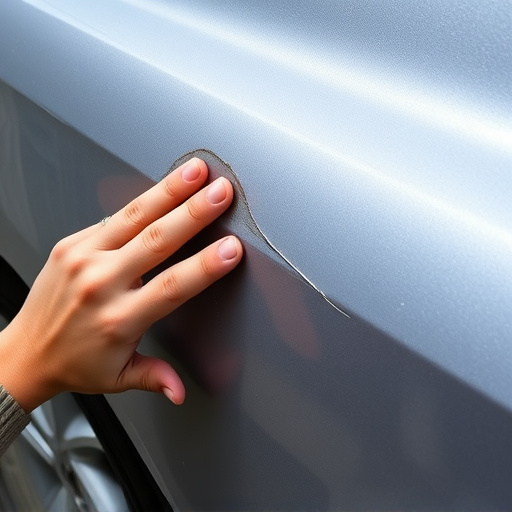
The dent removal process involves intricate technical hurdles when aiming to restore dental structures to their original condition. Each dent presents unique challenges, from the size and shape to the depth of penetration in the enamel and underlying layers. Professionals must employ specialized tools and techniques tailored to different types of dents, ensuring minimal damage to healthy tooth structure during the repair.
In the context of vehicle bodywork, particularly after a car collision repair, accurate dent removal demands precision and expertise. The process requires careful assessment to determine the best course of action: whether it’s using pneumatic tools for precise shaping or employing heat-based methods to release the dented area from its deformed state. These technical considerations are crucial in achieving a seamless finish that mimics the natural contour of the tooth, ensuring both functionality and aesthetic appeal.
Patient Comfort and Safety Considerations
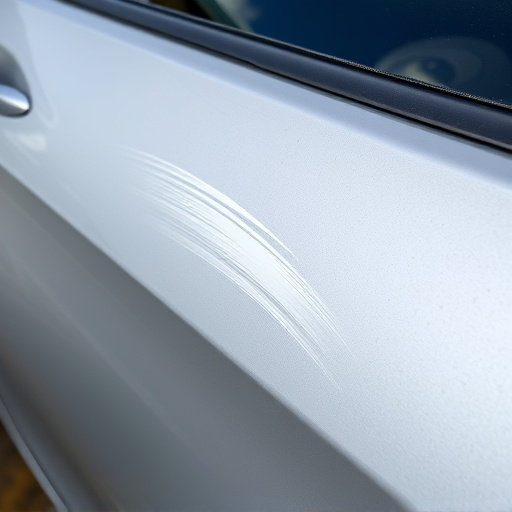
The dent removal process, while essential for restoring vehicles to their pre-damage condition, must also prioritize patient comfort and safety. This involves meticulous planning and skilled execution to avoid any potential harm or discomfort during the repair. Auto body repair technicians employ various techniques, from manual tools to advanced machinery, ensuring each step is conducted with precision to minimize stress on the vehicle’s structure.
Patient safety considerations extend beyond the physical process of dent removal. It encompasses creating a comfortable environment for customers and using high-quality materials that are safe for both the vehicle and its occupants. Reputable vehicle repair services understand the importance of these factors, adhering to strict standards and guidelines to deliver top-notch dent removal while maintaining a relaxed and secure atmosphere for every customer.
The dent removal process presents several challenges, from understanding patient-specific issues to overcoming technical barriers. By addressing these obstacles head-on, dental professionals can enhance the overall success rate of treatments, ensuring patient comfort and safety. This involves a multifaceted approach that incorporates advanced technologies, tailored care plans, and continuous education to deliver the best possible outcomes in the dent removal process.
